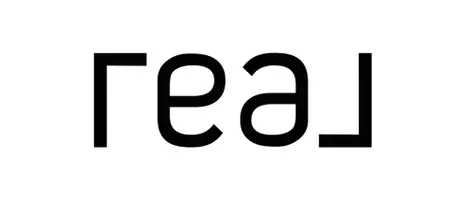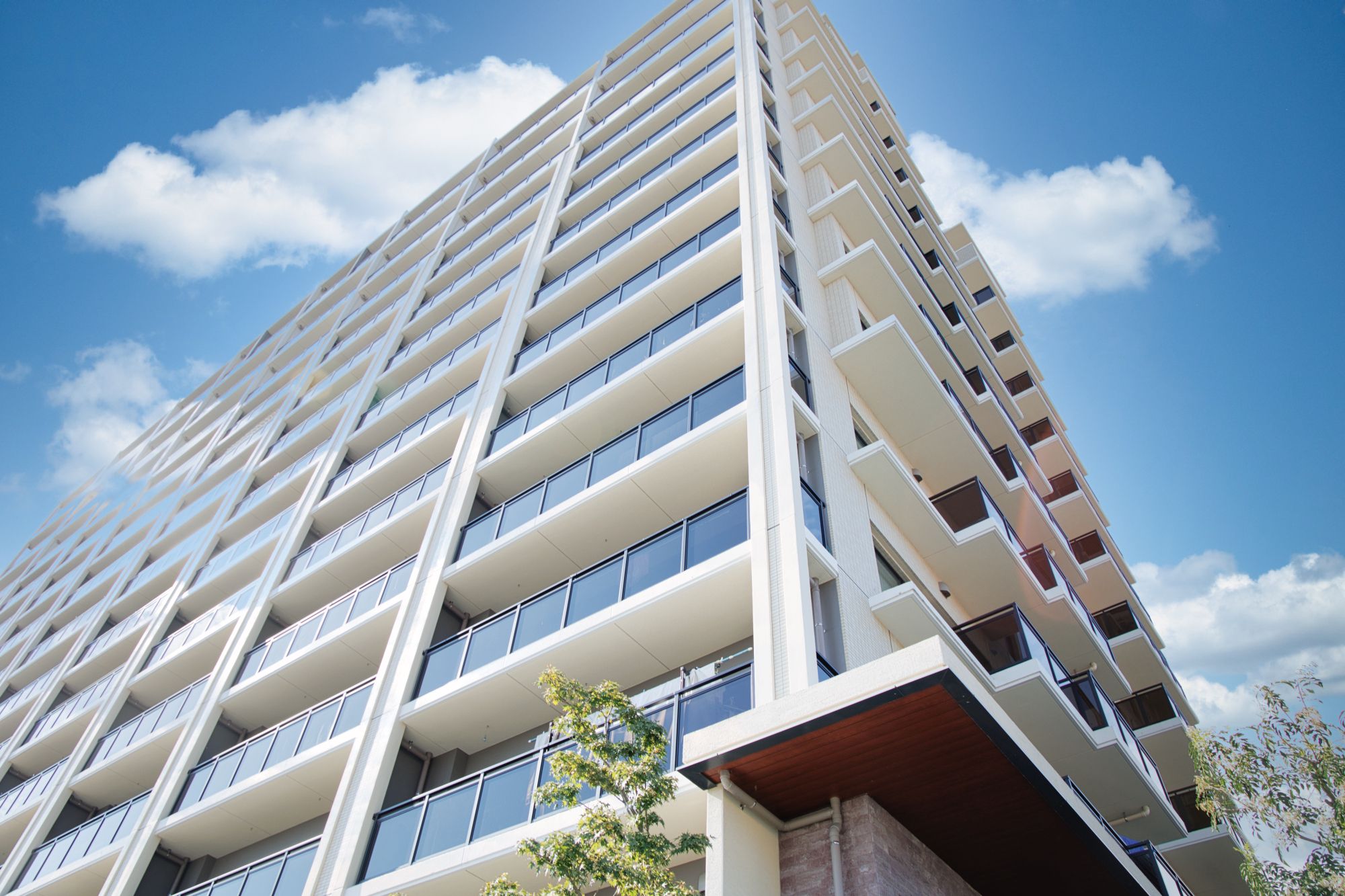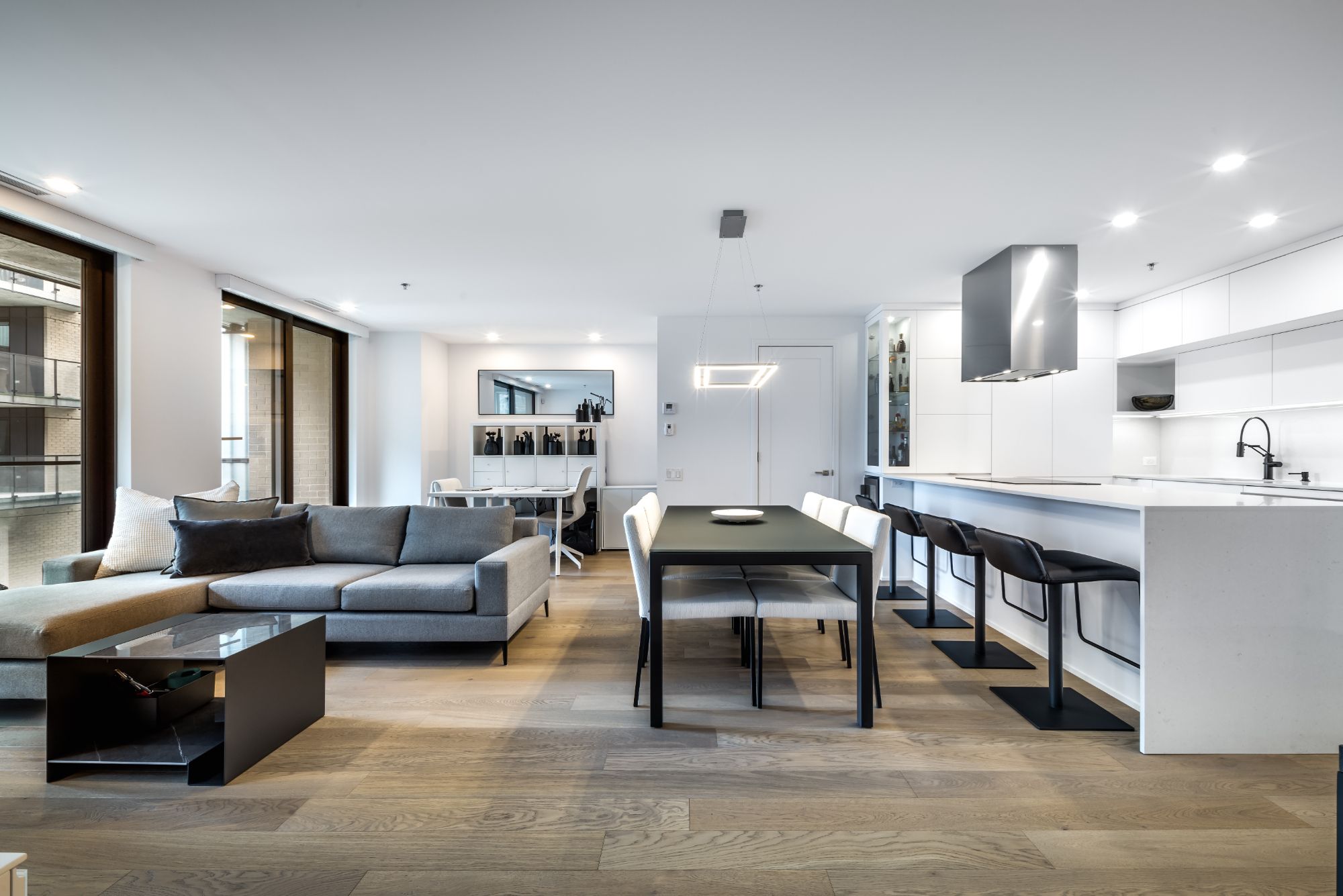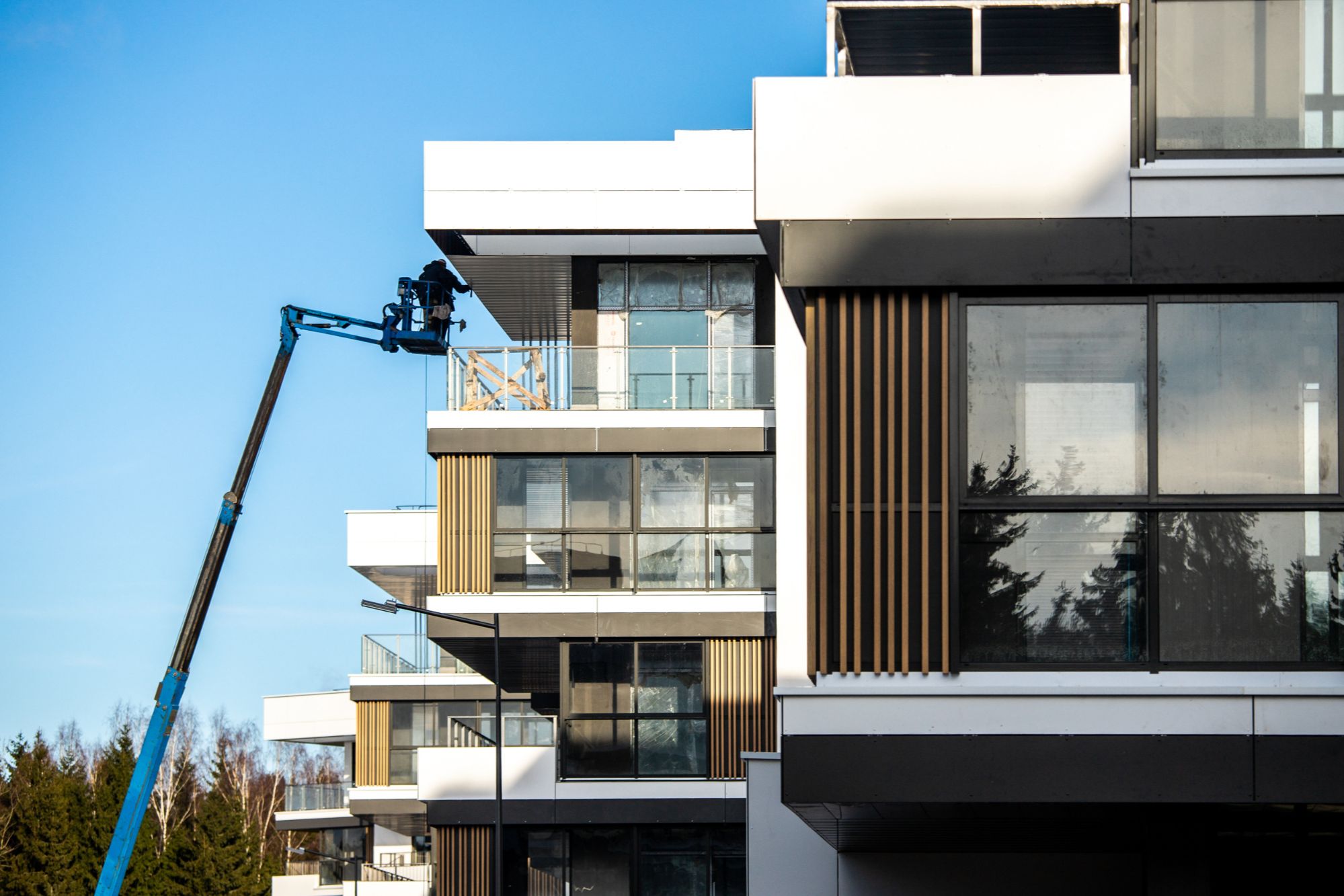Condo Reserve Fund Study Explained and How It Impacts Your Condo Fees and Budget
Understanding the Role of your Condo's Reserve Fund Study
A Reserve Fund Study is an essential financial and planning tool used by condominium corporations to ensure the long-term sustainability and maintenance of the property’s common elements.
It is a professional assessment that,
-
Identifies major repair and replacement needs of the condominium’s shared components (e.g., roof, elevators, windows, plumbing).
-
Estimates when those repairs or replacements will be needed.
-
Projects how much they will cost over time.
-
Recommends a funding plan to ensure the condo corporation saves enough money to cover those future expenses.
It is required under Manitoba’s Condominium Act and forms the basis for a condo corporation’s Reserve Fund Plan.
Understanding Reserve Fund Studies in Manitoba
What Does It Cover?
-
Major common elements of the building, which often include,
-
Roofs, windows, siding and exterior doors
-
Foundations (including structural components)
-
Balconies, decks, and staircases
-
Elevators and mechanical systems
-
Parking structures and asphalt
- Plumbing, electrical and heating/cooling systems
- Common hallways and recreational areas
-
-
Essentially, any shared or structural part of the building that the condo corporation is responsible for maintaining or replacing.
What It Usually Doesn’t Cover
-
Individual unit interiors (like flooring, cabinetry, appliances)
-
Cosmetic repairs inside units
-
Chattels or personal property of owners
Structural repairs to common elements are included in the reserve fund study, but repairs inside individual units are the owner’s responsibility.
Why It Matters
The study considers,
-
The current condition and expected lifespan of these elements
-
Estimated timelines for major repairs or replacements
-
Current and projected costs for each item
It helps the condo board plan contributions to the reserve fund so major structural repairs won’t require sudden, large special assessments.
Why Is It Important for Buyers?
When buying a condo, reviewing the Reserve Fund Study helps you,
-
Understand the financial health of the condo corporation
-
Assess whether contributions are sufficient or if a special assessment might be needed
-
Make an informed decision about potential future costs
How Reserve Fund Studies Impact Condo Fees and Budgets
Monthly Condo Fees and the Reserve Fund
When it comes to condo living in Manitoba, common expenses (sometimes called “common element expenses” or just “condo fees”) are the costs of running and maintaining the building and property. These are paid for collectively by all unit owners through their monthly condo fees.
Here’s how the common expenses are divided,
-
Each unit owner pays monthly condo fees to cover,
-
Operating expenses (utilities, management, maintenance)
-
Contributions to the reserve fund
-
-
The amount allocated to the reserve fund is usually determined by the condo board and outlined in the condo’s budget.
Example Condo Fees Breakdown
Here’s a simple example to illustrate how a condo fee is divided between operating expenses and the reserve fund in Manitoba.
-
Monthly condo fee - $500
-
Allocation
-
Operating expenses (maintenance, management, utilities, insurance) - $350
-
Reserve fund contribution - $150
-
So each month, $150 goes directly into the reserve fund to cover future major repairs or replacements.
How the Reserve Fund Contribution is Calculated
-
Contributions are typically based on your unit’s proportional share of the condo corporation (often related to square footage).
-
The reserve fund study helps the condo board plan how much should be set aside each month to avoid unexpected shortfalls.
Impact on Condo Fees
-
If the reserve fund is underfunded, the board may need to,
-
Raise monthly condo fees to increase contributions
-
Levy a special assessment for urgent repairs
-
-
A healthy reserve fund keeps the budget balanced and fees predictable for owners.
Part of the Operating Budget
-
When the condo board prepares the annual budget, they divide monthly condo fees between the Operating expenses and the Reserve Fund contribution. The larger the contribution to the reserve fund, the less is available for other operating expenses, unless fees are increased.
-
The reserve fund study guides the board on how much money to allocate each year to avoid unexpected shortfalls for major repairs.
The owners contribution through monthly condo fees, ensures the condo corporation can maintain and repair shared elements without financial strain.
Special Assessments
-
If the reserve fund doesn’t have enough money to cover major repairs or replacements (like a roof, parking lot, or elevators), the board may levy a special assessment.
-
Owners are required to pay this additional amount, which is separate from regular condo fees.
Special Assessment Example
-
Suppose the condo roof needs replacing, and the reserve fund only has $150,000 available.
-
The total cost of the repair is $200,000 → this means there is a $50,000 shortfall.
-
The condo board will need to levy a special assessment, and each unit owner pays their proportional share to cover the gap to cover this $50,000 shortfall.
A well-funded reserve fund helps prevent sudden increases in condo fees or large special assessments because money is already set aside.
Frequently Asked Questions
How Often is a Reserve Study Done?
In Manitoba,
-
A new reserve fund study must be conducted at least every 5 years.
-
If the condo is newly built, the first study is typically required within a specified period after registration or occupancy.
The board of directors must use the study to develop a Reserve Fund Plan outlining how the recommended contributions will be met.
Who Prepares the Reserve Fund Study?
In Manitoba, only qualified professionals can conduct reserve fund studies. The Condominium Act specifies that the study must be prepared by a person with the proper expertise and certifications to evaluate building components, costs, and life expectancy.
This typically includes,
-
Engineers (civil, structural, mechanical, or electrical)
-
Architects
-
Certified Reserve Planners (CRP®)
-
Accredited Appraisers (AACI or CRA through the Appraisal Institute of Canada)
Role of these Qualified Professionals
The qualified professionals used to conduct reserve fund studies bring specialized skills in costing, valuation, and long-term projections.
Their role usually includes,
-
Inventory of Common Elements – Reviewing all major common property components that will eventually need repair or replacement.
-
Cost Estimates – Providing realistic cost estimates for repairs/replacements based on market data and construction costs.
-
Life Expectancy Analysis – Assessing the useful life of building components (e.g., shingles 20–25 years, windows 30 years, elevators 25–35 years).
-
Funding Recommendations – Advising on contribution levels so the condo corporation’s reserve fund grows adequately to avoid large special assessments.
-
Compliance – Ensuring the study meets the requirements set out in the Condominium Act and is acceptable to lenders, insurers, and prospective buyers.
Their reports are trusted by lenders and help buyers feel more secure about the condo corporation’s financial health.
How the Reserve Fund Study and the Condo Budget Work Together
Reserve Fund Study = Long-Term Forecast
-
Think of the Reserve Fund Study as the big-picture financial roadmap.
Annual Budget = Short-Term Action Plan
-
The annual condo budget is approved by the condo board each year.
The Correlation
-
The Reserve Fund Study says - “You need $X saved by Year 15 to replace the roof.”
-
The budget says - “We’ll collect $Y each month this year from unit owners to keep us on track.”
-
If the budget underfunds the reserve fund compared to the study’s recommendations, the risk of a special assessment (a sudden one-time fee for owners) increases.
Example
-
Reserve Fund Study projects a $500,000 parkade repair in 10 years.
-
The study recommends contributions of $50,000/year starting now.
-
The condo budget includes that $50,000 line item spread across all units as part of monthly condo fees.
-
If the board only budgets $30,000/year, by year 10 they’ll be short — and owners could face a special levy.
How Your Unit Proportional Share Determines Your Contribution Amount
In Manitoba, a condo owner’s unit proportional share (sometimes called their unit factor or percentage of common interest) is determined when the condominium corporation is first registered under The Condominium Act of Manitoba.
That share establishes how much you contribute to condo fees, reserve fund, and special assessments, as well as your voting influence in the corporation.
Here’s how it works,
-
Set by the Declarant/Developer
-
When the condo plan is registered, the developer assigns each unit a “unit factor” (often out of a total of 10,000).
-
These unit factors reflect each owner’s proportionate interest in the common property and in the corporation’s expenses.
-
-
Factors Considered
-
Size of the unit (square footage) – larger units typically have a higher share.
-
Market value of the unit (sometimes considered).
-
Location or type of unit (e.g., a penthouse or townhouse in a mixed complex).
In most Manitoba condos, unit size is the main determinant.
-
-
Unit Factor = Share of Expenses
-
If a condo has a total of 10,000 unit factors and your unit is assigned 800, you own an 8% proportional share.
-
That 8% is used to calculate,
-
Your share of monthly condo fees (operating + reserve contributions).
-
Your voting rights at owner meetings (unless voting is done by unit, not factor).
-
Your share of special assessments (if needed).
-
-
Example
-
Condo Corporation = 20 units, total of 10,000 unit factors.
-
Your 1,000 sq. ft. unit is assigned 600 unit factors.
-
Your neighbour’s 1,500 sq. ft. unit is assigned 900 unit factors.
-
If the annual condo budget is $100,000, then,
-
You pay 6% = $6,000/year ($500/month).
-
Your neighbour pays 9% = $9,000/year ($750/month).
-
Final Thoughts for Buyers & Sellers
Understanding the connection between a condo’s Reserve Fund Study and its budget is key to making confident real estate decisions.
-
If you’re buying - Review both documents closely. A budget that aligns with the Reserve Fund Study shows financial stability and reduces the risk of unexpected fees.
-
If you’re selling - A healthy reserve and transparent budgeting make your condo unit more attractive to buyers and can help your property stand out.
At the end of the day, both the study and the budget are about protecting your investment and ensuring your condo community runs smoothly for years to come.
I can answer any questions you may have when it comes time to review your condo documents or explain how they could impact your next move, I’m here to help.
Tara Zacharias, REALTOR®
Categories
Recent Posts
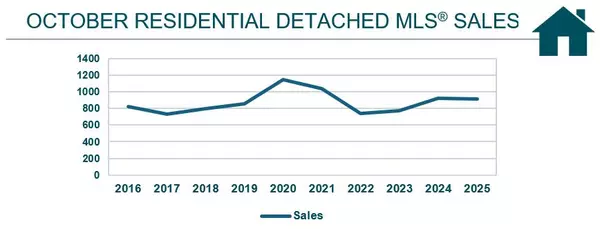


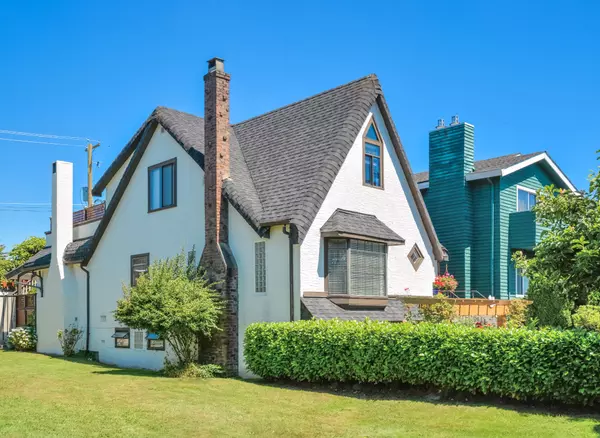
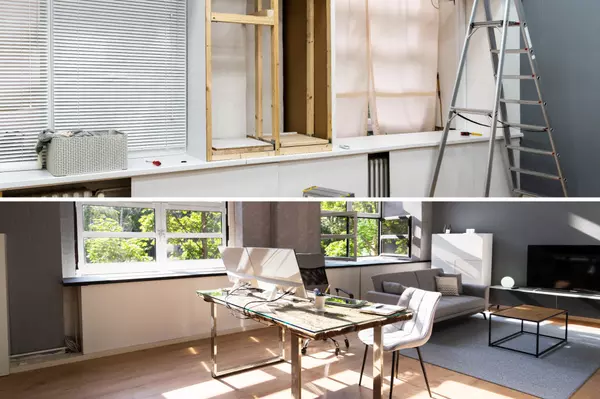
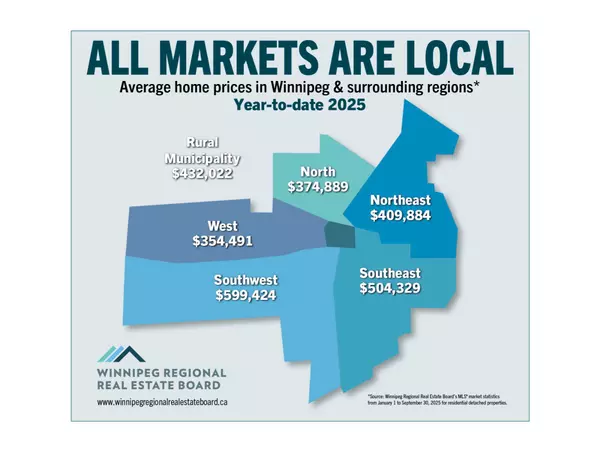
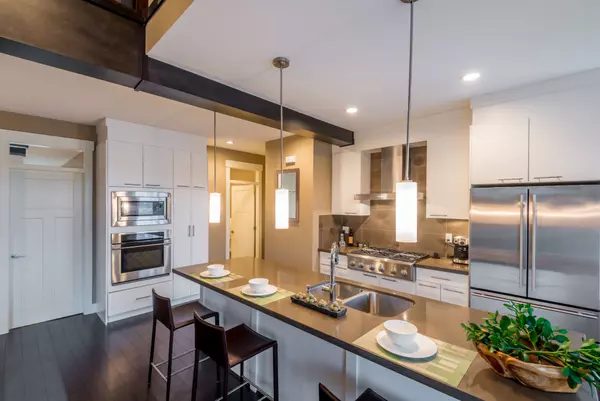
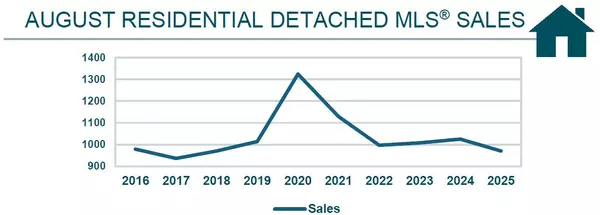

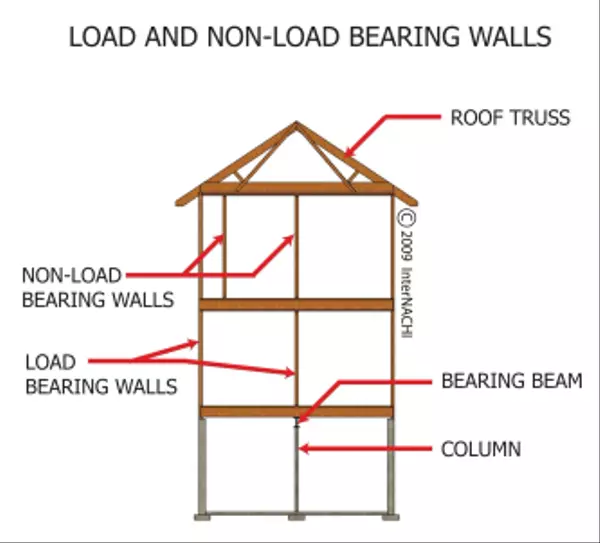
Leave a Reply
 REALTOR®Thanks for stopping by and taking the time to get to know me!I'm Tara Zacharias, a real estate salesperson and licensed REALTOR® located in the vibrant city of Winnipeg. Real estate and all that's associated with it such as, interior design, construction, community planning, marketing or the financial aspect, all fascinate me. I take pride in working with my clients to find their ideal home, sell their property for the best value and make smart investment decisions.Born in Manitoba, I'm familiar with the prairie life in both the City of Winnipeg or in a rural town, i've lived both. My interests are hiking, riding bicycle, theatre, making art, concerts and trying new restaurants. I have a Bachelor of Fine Arts in drawing and painting and a Post-Graduate Certificate in sculpture and installation from OCAD University.Whether you're a first-time homebuyer, a seasoned seller or an investor looking for opportunities, I'm here to guide you every step of the way with integrity, expertise, and a genuine desire to see you succeed in your real estate journey. My mission is to make sure your wants and needs are met so that we can work together again to make your real estate dreams a reality.+1(204) 293-0933 tara@tarazacharias.com
REALTOR®Thanks for stopping by and taking the time to get to know me!I'm Tara Zacharias, a real estate salesperson and licensed REALTOR® located in the vibrant city of Winnipeg. Real estate and all that's associated with it such as, interior design, construction, community planning, marketing or the financial aspect, all fascinate me. I take pride in working with my clients to find their ideal home, sell their property for the best value and make smart investment decisions.Born in Manitoba, I'm familiar with the prairie life in both the City of Winnipeg or in a rural town, i've lived both. My interests are hiking, riding bicycle, theatre, making art, concerts and trying new restaurants. I have a Bachelor of Fine Arts in drawing and painting and a Post-Graduate Certificate in sculpture and installation from OCAD University.Whether you're a first-time homebuyer, a seasoned seller or an investor looking for opportunities, I'm here to guide you every step of the way with integrity, expertise, and a genuine desire to see you succeed in your real estate journey. My mission is to make sure your wants and needs are met so that we can work together again to make your real estate dreams a reality.+1(204) 293-0933 tara@tarazacharias.com330 St Mary Ave, Winnipeg, MB, R3C 3Z5, CAN
https://tarazacharias.com/
